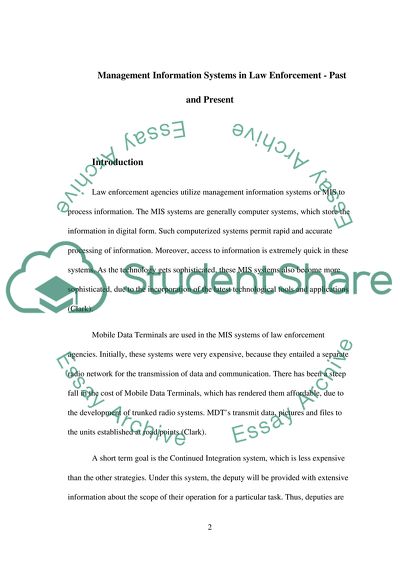Cite this document
(Management Information Systems Pertaining to Law Enforcement - Past Article, n.d.)
Management Information Systems Pertaining to Law Enforcement - Past Article. https://studentshare.org/information-technology/1716606-management-information-systems-pertaining-to-law-enforcement-past-and-present
Management Information Systems Pertaining to Law Enforcement - Past Article. https://studentshare.org/information-technology/1716606-management-information-systems-pertaining-to-law-enforcement-past-and-present
(Management Information Systems Pertaining to Law Enforcement - Past Article)
Management Information Systems Pertaining to Law Enforcement - Past Article. https://studentshare.org/information-technology/1716606-management-information-systems-pertaining-to-law-enforcement-past-and-present.
Management Information Systems Pertaining to Law Enforcement - Past Article. https://studentshare.org/information-technology/1716606-management-information-systems-pertaining-to-law-enforcement-past-and-present.
“Management Information Systems Pertaining to Law Enforcement - Past Article”. https://studentshare.org/information-technology/1716606-management-information-systems-pertaining-to-law-enforcement-past-and-present.


